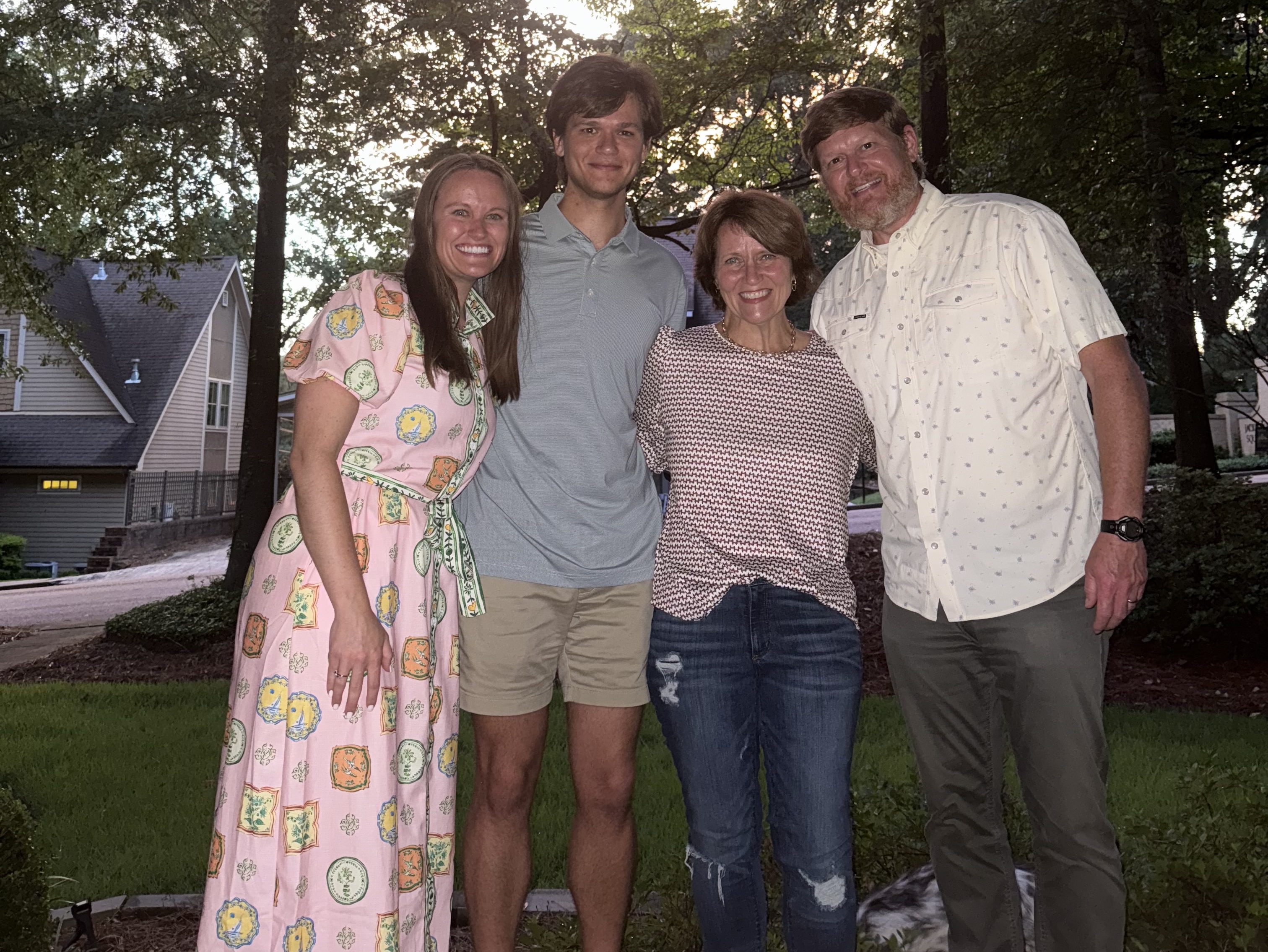‘Southern Masters’ opens retrospective at Ogden Museum of Southern Art
Published 11:40 pm Wednesday, July 30, 2008
For close to 50 years, artist, designer, and urban planner Robert Tannen has interwoven visionary urban schemes, many of which were realized, and environmental, social and urban commentary in his art.
In a “Southern Masters” exhibition opening on Aug. 2, “White Linen Night” in New Orleans at the Ogden Museum of Southern Art, Tannen’s life work shares his sometimes disturbing, but more often slyly humorous perspective through which he counsels his neighbors on the value of their urban and natural assets, and the impending loss of it all through abuse and mismanagement.
Tannen began his career as one of the youngest artists in the midst of the hot Tenth Street scene in New York City in 1956. In the 1950s, his father, Jack Tannen was a partner in the legendary rare book store Biblo and Tannen nearby on 4th Avenue. At several 10th Street galleries and the Great Jones Gallery, Robert showed piled wood and stone sculptures, large paintings on 10 by 15 0 foot rolls of photographic backdrop paper painted using mops as brushes, and wrapped sculptures.
Tannen has been an “artists’ artist”, influencing others with his cutting edge concepts. His balanced wood and stone pieces preceded his gallery mate Di Suvero’s work. His wrapped objects seen by Christo preceded Christo’s wrapped work. Later his vertical fish sculptures and “archisculpture” work would influence his friend, architect Frank Gehry. Tannen has also consistently invited artists and other creative workers to participate in his exhibitions and events, and this exhibit is no exception with collaborative works by several artist friends including Frank Gehry, Linda Benglis, Raphael Ortiz, and Tina Freeman, Mitchell Gaudet, and Maya Lin.
New work
Tannen’s warning about the loss of habitat, neighborhood context and cultural legacy began in the sixties, (he created a curriculum for ecology at Franconia College in New Hampshire in 1963). That focus has become more insistent over the years. This exhibition, entitled “Stardust,” warns of the world’s end. It makes reference to the recent discovery that our solar system was formed from the particles and debris thrown off by other dying stars. His recent works use boulders as a metaphor for “our dying planet.”
The huge boulders are reminders that the earth will soon be nothing but rock at the present rate of global warming, consumption, and mismanagement of its natural resources by man.
Tannen has also installed boulders at Lee Circle in New Orleans, facing the Ogden Museum. Each is embedded with the letters N, E, W, and S or “N.E.W.S.” to help provide a “compass” for New Orleanians and visitors who are often confused by the city’s geography shaped by the curve of the Mississippi river and by the city’s diverse economic, political, social and moral viewpoints. General Lee, who led the Confederate army during the civil war, faces north on a pedestal at the top of Lee Circle. Tannen’s boulders add the other three points to the compass and re-orient the focus of the circle.
Storm warnings
Weeks before the cataclysmic citywide flood resulting from Katrina, in 2005 Tannen removed large scale sheet metal “shotgun houses” from his garden after a tropical storm named Cindy blew through New Orleans in July. The houses, reconfigured in the garden over the years, were usually tethered for storm threats. This time Tannen warned of the storm he predicted was coming by crushing the houses for a piece he called “Cat 5,” the official designation for the most powerful storm a region can experience.
The shotgun houses, being crushed in a studio in the 8th ward neighborhood of the city were covered by 10 feet of water during the flood, leaving a rusty, caked patina on the houses. These houses, along with a wide range of other shotgun based sculptures Tannen has exhibited since 1977 are on view in the Ogden exhibit.
Once named as “Citizen Artist” by former CAC Executive Director Adolpho Nodal, Tannen’s work includes drawings executed by the hundreds with crow feathers and Japanese ink in early morning sessions at his dining room table which has functioned as his studio for more than thirty years. His sculptures made with hangers, and much earlier etchings made with his fingers emanate from a similar notion of calligraphy.
Tannen’s works have often been narrative in nature, including drawings depicting stereo images of contemporary phenomena, two page short stories on folded bright orange paper, boxed books written with one, two, three and four letter words, a book written with commas from 1963, and An Autobiography for Everyone, that functions as a boiler plate for autobiographies.
Many of Tannen’s drawings are filled with words delivering messages. His works of poetry, written almost daily for decades, celebrate his optimistic spirit and enjoyment of simple phenomena that balances his long term concern for the Earth’s future.
Tannen believes “the process of clear-cutting utilized by lumber interests is now being practiced on a world-wide urban and environmental scale, thereby changing the delicate balance of species and habitat throughout the planet.”
Tannen’s work has been shown primarily at museums and galleries in the northeast, New Orleans and California. With young children in tow, he left New York at the age of 25 to help found Franconia College in New Hampshire, working and living in Cambridge, Mass.; Washington, D.C.; Texarkana, Ark., and Texas; and the Gulf Coast since then.
He became a permanent southerner after a consulting assignment for the coast of Mississippi after Hurricane Camille in 1969. It was that experience that focused his thinking on the dangers of development within high risk areas, influencing his choice of homes on the Esplanade ridge in New Orleans, and in an historic rural area of coastal Mississippi outside the flood plain in Delmas. Tannen notes the coincidence that the Delmas community is made up of the descendants of French and Spanish land grant owners, Choctaw Indians, and former slaves, reflecting a similar ethnic diversity in the Treme neighborhood where his New Orleans home is located.
Architectural design
His recent design for a modular shotgun house, called “Mod Gun,” was the first experiment using modular technology and the vernacular shotgun style of New Orleans and the gulf coast. The “Mod Gun” model is presently on display in uptown New Orleans. New Urbanist Andres Duany characterized the “Mod Gun” as the best of post Katrina modular designs.
Tannen’s work has long spanned a wide range of disciplines including fine arts, urban planning and design, industrial design, environmental analysis, and poetry.
“It is unusual in this era of increasing specialization that a person will function as a generalist exploring and attempting to integrate the worlds of art, design, science, language, and technology,” said Ogden Museum of Southern Art Curator, David Houston.
Tannen is also debuting a collection of art jewelry for Mignon Faget Ltd., featuring the shotgun house form, his signature concrete blocks, and casts of meteorites, which are the remnants of the death and life of stars and planets.
The exhibition at the Ogden will be open from Aug. 2 through the end of September. A film about Tannen and his work by filmmaker Winston Riley will debut at the Ogden in the first week of September. Several exhibitions of work by Tannen will be on view at area galleries and sites over several months and during Prospect One, an international art event in New Orleans this fall.





